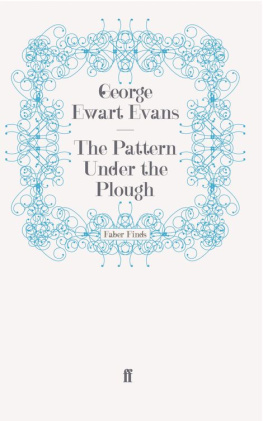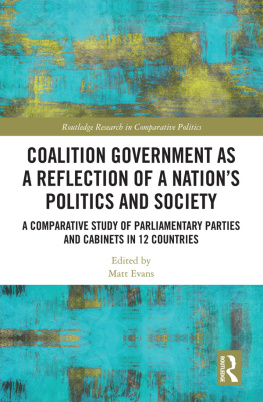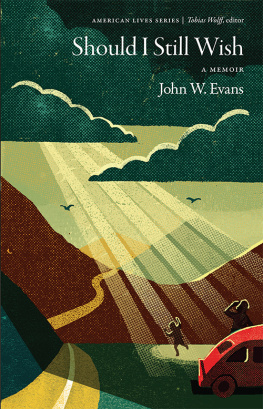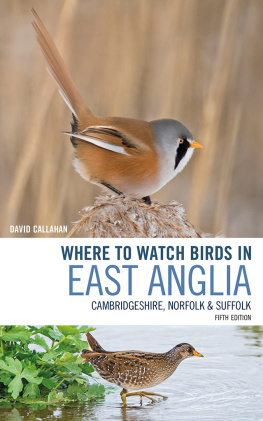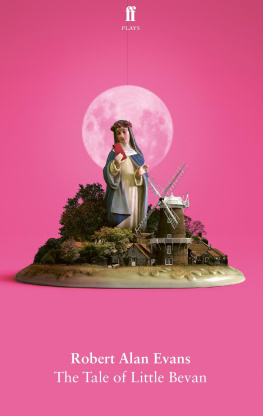I wish to acknowledge my debt to those groups chiefly Mens Fellowships, Womens Institutes, W.E.A., and Cambridge University Board of Extra Mural Studies who have discussed with me a great deal of the material of the present book and have occasionally given me new light on some of the topics. More than this, their enthusiasm for the subject has greatly helped me during the labour of collecting and checking. In addition to those mentioned in the text I wish to thank Norman Halkett who gave me so much information and enlightenment , and without whose help one chapter, at least, would not have been written; also H. Audrey Beecham, Christina Hole, Francis Cutting, Anthony Dent, Frederick H. Foster, and George Ordish. I am particularly grateful to Lionel Reynolds for his valuable suggestions and for his reading of the proofs; and I owe a debt to David Thomson for his encouragement. I also thank the editors of TheBuilder, and NewSociety, Matthew Evans and all those correspondents who have suggested source material. I wish to make grateful acknowledgment to Professor E. Estyn Evans and Dr R. H. Golde for permission to quote from their writings. Lastly, I am grateful to those mainly country people of the older generation who have answered my innumerable questions so readily and have identified themselves with a work to which they have contributed no small part.
I N TWO previous books I attempted to record aspects of the old rural community in a part of East Anglia. The present book is essentially a continuation of these two works with reference here to the whole region. It was suggested in the first two books that since the beginning of this century there has been a revolution in the countryside, due chiefly to the new farming methods and the development of the motor engine both as a means of power on the farm and as a link between the towns and the villages. But this revolution is not confined to a region or country or even to a continent: it is world-wide, and has occurred over precisely the same periodthe first sixty or so years of this century. The First World War was the watershed in Britain. The old society, quickly changing even before 1914, emerged radically transformed after the Peace: the former rigid social caste system had been loosened; women had proved their ability to enter into industry, commerce, and the professions on equal footing to men; and the Corn Production Act of 1917 had at least recognized the need for defining a system of fair relations between the farmers and workers in the rural areas. It was not simply that a mode of life had greatly changed but a whole culture that had preserved its continuity from earliest times had now received its quietus, and was swept aside in less than a couple of generations.
A similar revolution has occurred in the rural areas of North America; and an American writer and sociologist, Andrew Lytle, has narrowed it to about the same period as in Britain and he has named the same precipitating cause: Villages or settlements that received their first sight of Europeans in 1905 have already been brought, for good or ill, into the orbit of western civilization; and already their old culture has been almost inundated. The same is happening in the East.
The study, therefore, of a local community at this time has more than local relevance: it should inform and extend the consciousness of the people who live in the district or region, pointing to the richness , variety and depth of their heritage; it should record as far as possible the true lineaments of the old culture that has been so lately swept aside; and it should above all extend their awareness of similar changes and stresses occurring all over the world wherever the traditional and immemorial cultures confront the twentieth century; a century to which science has given those innumerable skills and techniques that make the control of large sectors of our physical environment a reality; andperhaps most important of allhas given us a confidence that falls short only of the awareness that now for the first time we are called not merely to suffer our own history but to make it. But make it on what? This question immediately points to a sense in which the study of the old, traditional culture is not simply a praiseworthy academic exercise but an essential preliminary to the building of a new order. For in spite of the quick break-up of the old framework, now dismantled almost entirely in most areas of Britain, it did house something permanent: the values, the communal responses that were the flower of its long growth. And without an appreciation of these no attempt to make a new community here in Britain or elsewhere is likely to survive the present century.
But before going on to write further about the old rural community in East Anglia it would be as well to define it more precisely. The last generation of people who came to maturity under the old culture were those who were born about 1885, and not much later than 1895. It is true that people born after this date remember well the old pre-war society; but there is an important difference between these and the preceding generation: they lived their early years in this old society but they were too young to be formed by it. Their adolescence coincided with the Great War; and in many ways they were the first generation of the new age, the generation that escaped taking active part in the War but whose outlook it largely fashioned. The difference between these two generations is nowhere more sharply defined than in their attitudes to the traditional lore which is the main subject of the present study. The older generation had the lore in abundance; it was part of their existence and they had rarely paused to consider it as something separate from themselves. To a large extent it was not a question of believing in it but of living it. The next generation held a much attenuated version of the old culture and its lore. During the last fifteen years I have talked to hundreds of people of both generations about the old society, and I have found this difference emphasized over and over again. But even more striking than the difference in the amount of lore they held was their attitude towards it: the older generation accepted the old lore as part of the air they breathed; the later generation had already grown away from it. They knew much of the lore but they were sceptical, evaluative, and sometimes plainly dismissive; tending to adopt a similar stance to the African who considered that his new bicycle and bowler hatbadges of a specious emancipationgave him licence to scoff at his own native culture.

